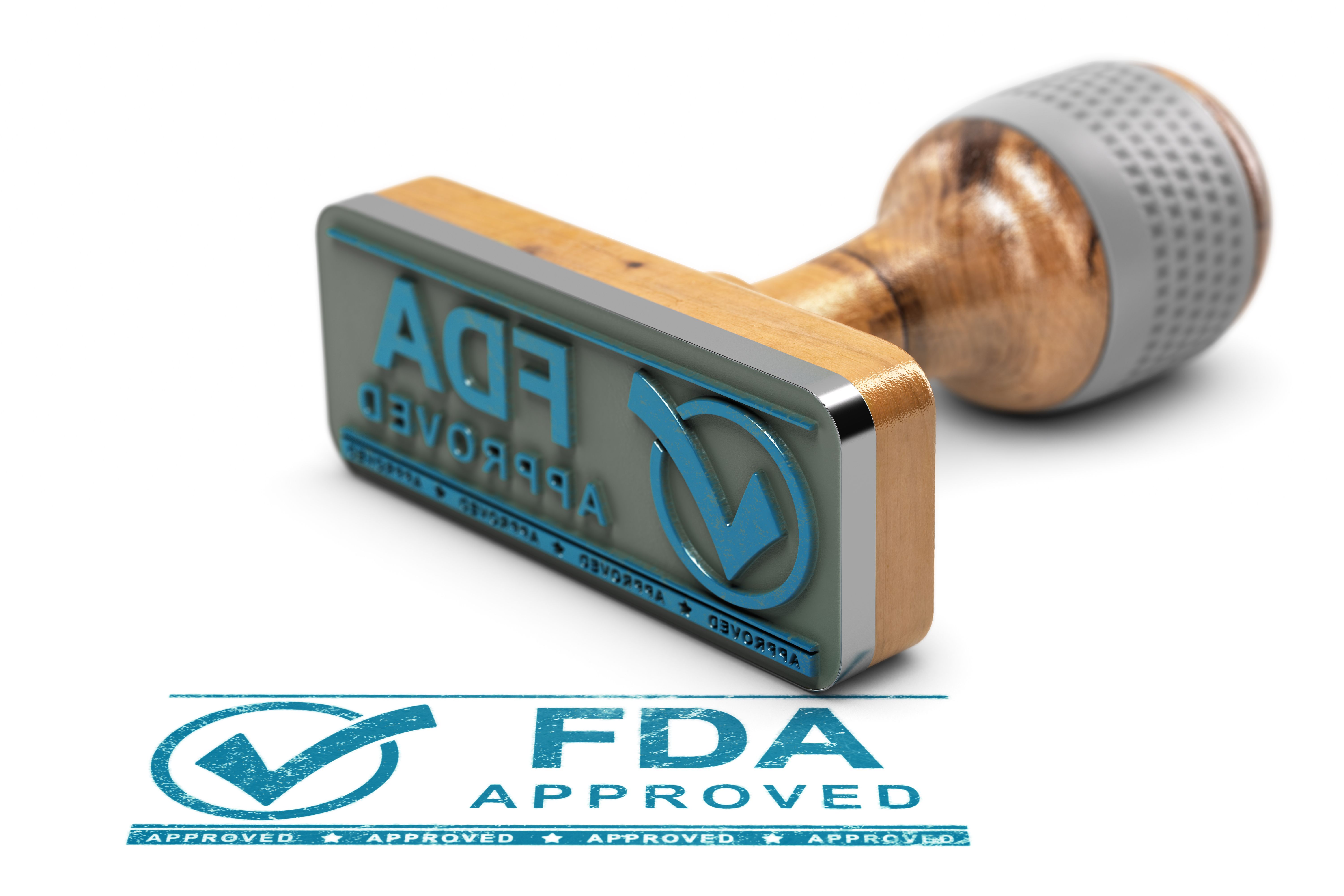About the Trial
Trial Name: Study to Evaluate Safety and Dosimetry of Lutathera in Adolescent Patients With GEP-NETs and PPGLs
ClinicalTrials.gov ID: NCT04711135
Sponsor: Advanced Accelerator Applications
Completion Date (Estimated): May 7, 2029
News
Article
Author(s):
This approval makes lutetium Lu177 the first therapy to be approved for the treatment of gastroenteropancreatic neuroendocrine tumors in pediatric patients.
Image credit: Olivier Le Moal | stock.adobe.com

Trial Name: Study to Evaluate Safety and Dosimetry of Lutathera in Adolescent Patients With GEP-NETs and PPGLs
ClinicalTrials.gov ID: NCT04711135
Sponsor: Advanced Accelerator Applications
Completion Date (Estimated): May 7, 2029
The FDA has approved lutetium Lu177 dotatate (Lutathera; Novartis) for the treatment of pediatric patients who are aged 12 to 17 years with somatostatin receptor-positive (SSTR+) gastroenteropancreatic neuroendocrine tumors (GEP-NETs). With this approval, lutetium Lu177 is the first therapy that has been approved to treat GEP-NETs—such as foregut, midgut, and hindgut NETs—in pediatric patients.1
“[Lutetium Lu177 dotatate] is now the very first therapy approved specifically for children with GEP-NETs, offering new hope to young patients living with this rare cancer,” said Tina Deignan, Therapeutic Area Head, Oncology US, in a press release. “Radioligand therapies (RLTs) have extraordinary potential to shape the future of cancer care. With this approval, we have taken another vital step toward fulfilling that vision, strengthening our commitment to researching and developing the RLT platform across multiple cancer types and treatment settings.”1
The approval was based on positive results from the NETTER-P trial (NCT04711135), which followed the NETTER-1 (NCT01578239) and NETTER-2 (NCT03972488) trials. The NETTER-P trial evaluated the safety and proper dosage of lutetium Lu177 dotatate in patients aged 12 to 17 years with SSTR+ GEP-NETs. To determine the best dose, each patients received a total of 4 administrations (7.4 GBq/200 mCi) of lutetium Lu177 dotatate every 8 weeks (cumulative dose: 29.6 GBq/800 mCi), along with a concomitant administration of 2.5% Lysine - Arginine amino acid solution.1,2
According to the investigators, the trial results demonstrated a consistent safety profile as the NETTER-1 trial. Additionally, the current trial also estimated that the radiation absorbed dose in pediatric patients was within established organ thresholds for external beam radiation and was comparable to the adults who received the approved dose.1
The initial approval of lutetium Lu177 dotatate in the US was based on results from the randomized phase 3 NETTER-1 trial, an open-label, multi-center, randomized study which evaluated lutetium Lu177 dotatate as a first-line treatment and its effect on progression-free survival (PFS) in patients who were diagnosed with SSTR+ advanced GEP-NETS—which were inoperable midgut NETs—within 6 months prior to their enrollment.3
The trial results demonstrated significant and clinically meaningful PFS proliferation in patients who were treated with the lutetium Lu177 dotatate regimen compared with a high dose of long-acting octreotide alone. Investigators observed an estimated PFS of 65.2% at the 20-month mark, which was favorable compared with the 10.8% observed in the octreotide group. The response rates were 18% and 3%, respectively. Similarly, the NETTER-2 trial had also met its primary end point by achieving notable improvements in PFS. There were no new safety signals observed in this trial.3
The most common adverse events (AEs) reported by patients in this trial were lymphopenia (9%), thrombocytopenia (2%), and neutropenia (1%). The control group did not experience any AEs, and there was no evidence of renal toxic effects in either of the 2 groups. Additionally, less than 10% of patients in the lutetium Lu177 dotatate group experienced myelosuppression.3
“While GEP-NETs in children and adolescents are rare, the impact can be devastating. Today’s approval addresses a critical need for new treatment options for these vulnerable patients,” said Theodore Laetsch, trial investigator and Director, Developmental Therapeutics Program, Children’s Hospital of Philadelphia (CHOP), a NETTER-P clinical trial site, in the press release. “The introduction of radioligand therapy significantly advanced how we treat GEP-NETs, and I’m encouraged that younger patients now have the potential to benefit from this innovation.”1
References
Stay informed on drug updates, treatment guidelines, and pharmacy practice trends—subscribe to Pharmacy Times for weekly clinical insights.